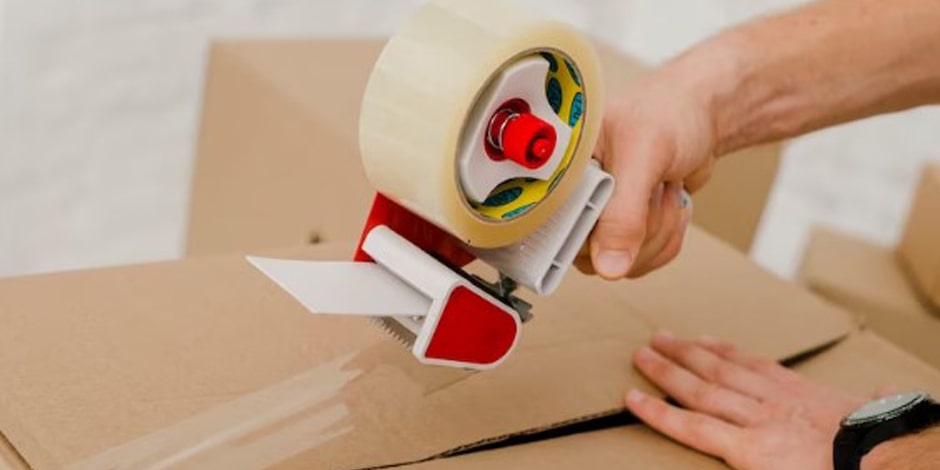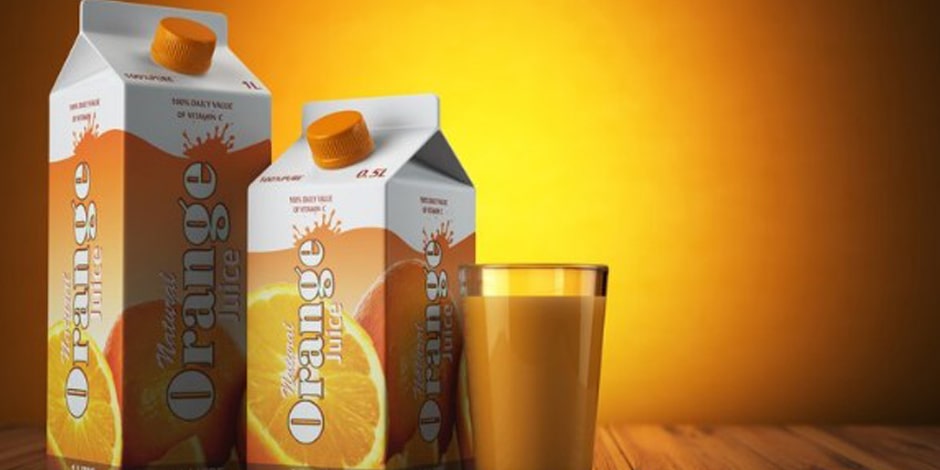The 5 Golden Rules of Packaging Design for your Business
Packaging Design Concepts :
Packaging design, also referred to as package design, is a crucial component of your brand’s identity. A well-designed package can instill confidence in your customers and give you the ability to charge a premium for your products. Whether you are considering developing a new packaging design or revamping an existing one, it is a task that should not be taken lightly.
Effective packaging design involves more than just the physical appearance of the package. It must also consider the practical aspects of product protection, ease of use, and functionality. The design must reflect your brand’s values and messaging, while also appealing to your target audience.
A successful packaging design has the potential to elevate your brand to new heights, while a poorly executed one can damage your reputation and hurt your sales. Therefore, it is essential to invest in a thoughtful and intentional approach to packaging design. By doing so, you can increase the likelihood of attracting new customers, retaining existing ones, and ultimately driving revenue for your business.

The 5 Golden rules of Packaging Design :
-
Your Packaging Design should be true reflection of your brand/product:
Your packaging design should accurately reflect the identity of your brand and product without making unrealistic promises or falling short of expectations. It is natural for customers to form expectations based on the appearance of the package, so it is crucial to avoid disappointing or misleading them. The Front of Pack (FOP), which is the side of the packaging facing the customer, provides an opportunity to clearly communicate what your brand represents. This can be achieved through a combination of visual and verbal cues, such as the use of imagery and language that aligns with your brand’s values and messaging. By leveraging the FOP, you can establish a strong first impression that accurately reflects the essence of your brand and product. This will help to build trust with your customers and ensure that their expectations are met or exceeded. Remember, your packaging design is a reflection of your brand, so it is important to invest the time and resources necessary to get it right.
-
Your Packaging Design should be clear and precise:
Your packaging can serve as an effective advertising tool by utilizing the available space in a strategic manner. By doing so, you can communicate key information about your brand and product to potential customers. Consider using the real estate on your packaging to showcase the reasons why your brand is unique and worth considering. This can include highlighting key features or benefits of your product, as well as sharing any awards or certifications that your brand has earned. By leveraging your packaging in this way, you can provide customers with a compelling reason to choose your product over competitors. This can be particularly impactful for consumers who are unfamiliar with your brand or are considering making a switch from their current product. Remember, your packaging is more than just a container for your product. It is an opportunity to communicate your brand’s value proposition and create a lasting impression with potential customers. By using your packaging as a vehicle for advertising, you can effectively promote your brand and drive sales.
-
Your Packaging Design should be consistent:
If your product comes in multiple variants, packaging formats, or sizes, it is essential to ensure that all of them maintain a consistent visual and verbal style. This consistency will help customers easily recognize and identify your brand, which can increase their confidence and trust in your product. By owning a consistent visual and verbal style across all product variants, you can establish a strong brand identity and create a cohesive customer experience. This can be achieved by using consistent colors, fonts, imagery, and language across all packaging formats and sizes. Consistency is key when it comes to building trust and loyalty with your customers. By presenting a consistent and cohesive brand image, you can establish your brand as reliable and trustworthy, which can translate into increased sales and customer loyalty. In summary, it is crucial to maintain a consistent visual and verbal style across all product variants to establish a strong brand identity and inspire customer trust. By doing so, you can create a seamless customer experience and position your brand for long-term success.

-
Your Packaging Design should be different and own-able:
A distinctive and unique packaging designs can make your product stand out on store shelves. Differentiating your packaging through the use of unique formats, shapes, or color palettes can be particularly effective in catching the attention of potential customers. Consider the example of popular brands like Tide, Cadbury Dairy Milk, Pringles, and Coca-Cola, which have established distinctive packaging designs that are instantly recognizable to consumers. These brands leverage unique color palettes, shapes, and formats to create a memorable visual identity that sets them apart from their competitors. By creating a packaging design that is easily recognizable, you can establish a strong brand identity and increase the likelihood of repeat purchases. Customers are more likely to remember your product and seek it out in the future if it stands out on the shelf. In summary, the power of differentiation through unique packaging design cannot be overstated. By leveraging distinctive formats, shapes, and color palettes, you can create a memorable visual identity that sets your brand apart and inspires customer loyalty.
-
Your Packaging Design should be functional:
When designing your packaging, it is important to consider the environmental impact and sustainability of the materials used. In addition to meeting legal compliance requirements, it is important to evaluate the size and materials of your packaging to minimize your environmental footprint. The cost of transportation for international shipments is often based on the amount of space the package occupies, so it is advisable to keep your packaging moderately small. Additionally, you should consider the materials used in your packaging and the shelf life of your product.If possible, aim to use recyclable materials in your packaging design to reduce waste and minimize environmental impact. This can include using biodegradable or compostable materials that will break down more easily over time.
Overall, taking a sustainable approach to packaging design can benefit both your brand and the environment. By minimizing your environmental footprint and using recyclable materials, you can attract customers who prioritize sustainability while also reducing costs and complying with legal requirements.
